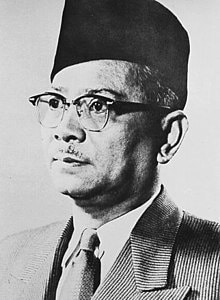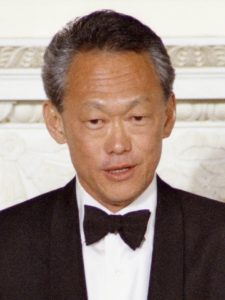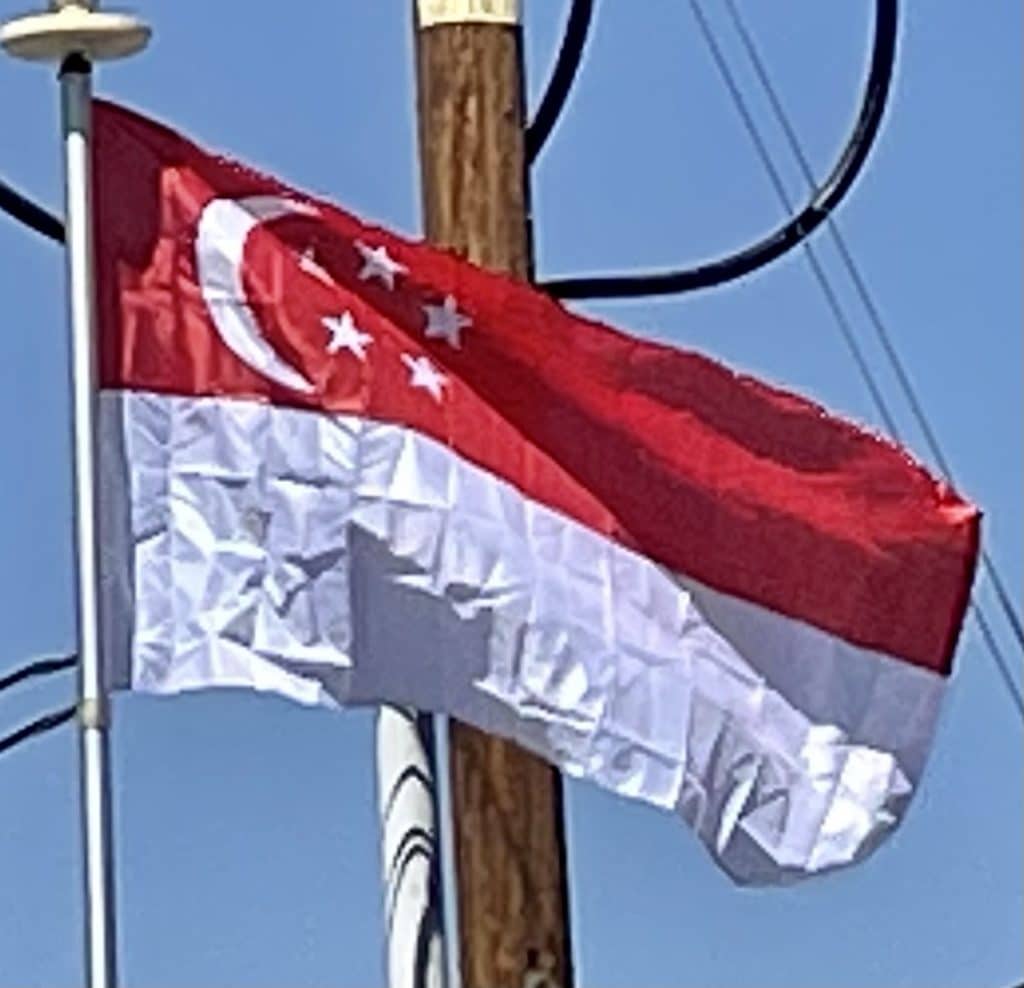On 27 May 1961, Malaya’s prime minister, Tunku Abdul Rahman, made a surprise proposal for a new Federation called Malaysia, which would unite the current and former British possessions in the region: the Federation of Malaya, Singapore, Brunei, North Borneo, and Sarawak. UMNO leaders believed that the additional Malay population in the Bornean territories would balance Singapore’s Chinese population. The British government, for its part, believed that the merger would prevent Singapore from becoming a haven for communism. To obtain a mandate for a merger, the PAP held a referendum on the merger. This referendum included a choice of different terms for a merger with Malaysia but had no option for avoiding merger altogether. On 16 September 1963, Singapore joined with Malaya, the North Borneo, and Sarawak to form the new Federation of Malaysia under the terms of the Malaysia Agreement. Under this Agreement, Singapore had a relatively high level of autonomy compared to the other states of Malaysia.

Even after the merger, the Singaporean government and the Malaysian central government disagreed on many political and economic issues. Despite an agreement to establish a common market, Singapore continued to face restrictions when trading with the rest of Malaysia. In retaliation, Singapore did not extend to Sabah and Sarawak the full extent of the loans agreed to for economic development of the two eastern states. Talks soon broke down, and abusive speeches and writing became rife on both sides. This led to communal strife in Singapore, culminating in the 1964 race riots. On 7 August 1965, Malaysian prime minister Tunku Abdul Rahman, seeing no alternative to avoid further bloodshed, advised the Parliament of Malaysia that it should vote to expel Singapore from Malaysia. On 9 August 1965, the Malaysian Parliament voted 126 to 0 to move a bill to amend the constitution, expelling Singapore from Malaysia, which left Singapore as a newly independent country.
Republic of Singapore:
After being expelled from Malaysia, Singapore became independent as the Republic of Singapore on 9 August 1965, with Lee Kuan Yew and Yusof bin Ishak as the first prime minister and president respectively.

In 1967, the country co-founded the Association of Southeast Asian Nations (ASEAN). Lee Kuan Yew’s emphasis on rapid economic growth, support for business entrepreneurship, and limitations on internal democracy shaped Singapore’s policies for the next half-century. Economic growth continued throughout the 1980s, with the unemployment rate falling to 3% and real GDP growth averaging at about 8% up until 1999. During the 1980s, Singapore began to shift towards high-tech industries, such as the wafer fabrication sector, in order to remain competitive as neighboring countries began manufacturing with cheaper labor. Singapore Changi Airport was opened in 1981 and Singapore Airlines was formed. The Port of Singapore became one of the world’s busiest ports and the service and tourism industries also grew immensely during this period.
In 1990, Goh Chok Tong succeeded Lee and became Singapore’s second prime minister. During Goh’s tenure, the country went through the 1997 Asian financial crisis and the 2003 SARS outbreak. In 2004, Lee Hsien Loong, the eldest son of Lee Kuan Yew, became the country’s third prime minister.
